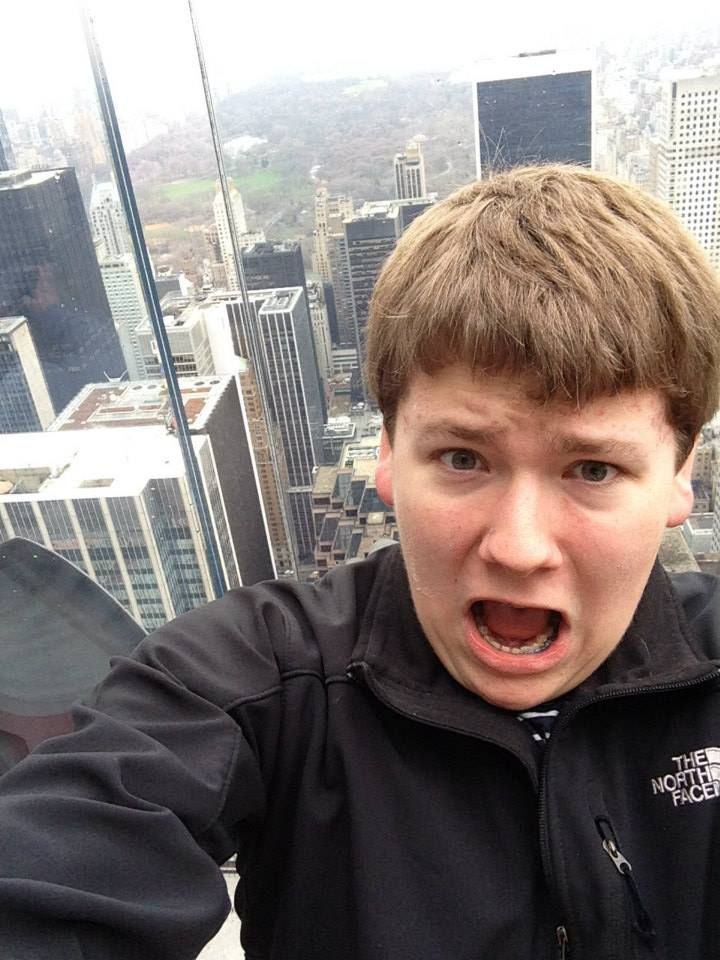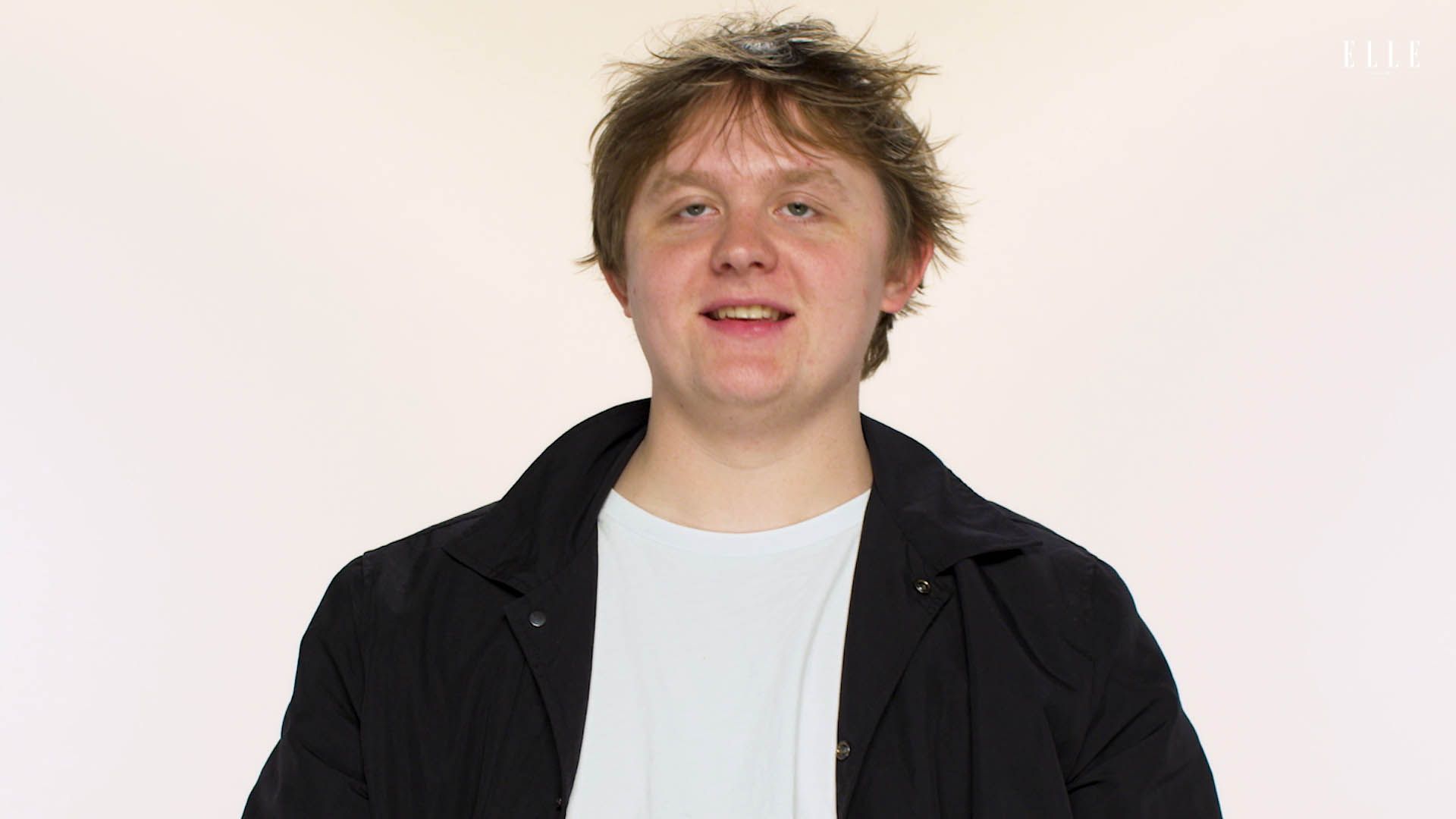Finding Self-Love Through 1989 (Taylor’s Version)
When 1989 first came out in 2014, I was deep in my self-hatred era. I attended a private, Catholic school in Des Moines, Iowa where sexuality was seldom talked about in a positive light. Religion classes often promoted shame, specifically around sexual freedom or queer identity, and other students took up that torch, ready to burn someone at a moment’s notice.
At that point, I knew I was gay. I had told a few friends, but I didn’t want the rest of the student body to catch on. I lived my life scared, worried about what might happen to me should I come out on a larger scale. No one could know this choir boy was actually, positively, 100 percent queer. This trickled down into every part of my being. I wouldn’t let my love of Glee be known. I read the “straight” books others read. I traded in my Toms for sneakers. Any possible clue of my sexuality I discarded.
One day, just after 1989 came out, at the end of a religion class, a few friends and I got on the topic of music. I, at that point, almost exclusively listened to male-driven country publicly (and showtunes in the privacy of my own car). A friend of mine, Hannah, mentioned 1989, looked me in the eyes, and said that she thought I would love it. I should give it a listen.
Immediately, alarm bells went off in my head. Had my cover been blown? Did she know? Was it that obvious? I brushed it off. I didn’t like Taylor Swift, I said. Had she heard “We Are Never Ever Getting Back Together?” (I love that song now). Hannah shrugged and we moved on. But then, as the album began to infect the radio, I started to rock out to every song I heard, and I realized Hannah had been right. I adored this album.
I listened in secret, gulping up every word, and became transfixed on one song, “Welcome to New York,” where Taylor said, “You can want who you want, boys and boys and girls and girls.” The line both scared me and gave me hope. I dreamed of a world in which that would be my reality, where I would live in the big city, which I had just visited on a choir trip, proud of who I was, instead of ashamed.
I came out publicly on a supposedly confidential retreat later in the year. The sleep deprivation and emotional vulnerability of the retreat gave me a false sense of safety. Of course, that news spread throughout the whole school. It had its challenges, but I powered through. Over the next summer, I began to play 1989 in my car with my friends. It slowly became the soundtrack to acceptance. Each drive down the highway with our windows down became more and more free. The wind flew through my hair, washing away the woes of tomorrow and breathing in hope for a brighter, more loving future.
Now, with the release of 1989 (Taylor’s Version) nine years later, I have been swimming in pools of nostalgia. I’ve realized as I began to accept my love of 1989, I also began to love myself. I became infatuated with the queer joy miles and miles away in the city of dreams, and I became transfixed on the tantalizing pop beats. I longed for someone to dance to “This Love” with and fantasized of an enemy valiant enough to warrant a “Bad Blood” moment. In her album notes for her re-recording, Taylor says, “This moment is a reflection of the woods we’ve wandered through and all this love between us still glowing in the darkest dark.” This past weekend, that has rung true.
In many ways, I want to think I feel like Taylor must have when she originally released this album in 2014. She was 24, roughly the same age I am now. Through deep reflection on her past, she was able to reinvent herself, and it propelled her to new, challenging heights. The world was gobsmacked when she announced she was diving fully into the pop genre, but nevertheless she created a bob-wearing, pop-parading, and seagull-loving future that defied expectations.
Now, I get to do the same (sans bob) and embrace the chaos of being a 25-year-old in New York City. I get to look back at where I was in 2014 and think of how far I’ve come, how much I’ve learned, and create a new future. Gone is the longing; now I can live these songs to their absolute fullest and embrace this album for what it is from the start: a bold declaration to be confidently and unabashedly yourself.
I am living in city of 1989 (Taylor’s Version), New York City, as a proud, out gay man. I’m experiencing wistful longing and all-encompassing heartbreak. I’m learning to wash off anxieties and let in some chaos. I’m able to shake off this shame I once felt around sex. I’m enjoying 4 A.M. nights out and cherishing quiet time spent alone. For the first time since the album was released in 2014, I’m able to treasure every side of me. This weekend felt like victory lap around progress and growth.
That is the magic of Taylor Swift’s re-recordings. They allow us to evaluate two separate points in our lives and find the invisible strings tying them together. We have an opportunity to reflect on where we were way back when, and celebrate who we are now. And, if we’re lucky, we could dance to this beat forevermore.
Samuel is the Assistant to the Editor-in-Chief at ELLE Magazine. His interests include music, theater, books, video games, and anything to do with Taylor Swift. He famously broke both his arms at the same time in fourth grade.




